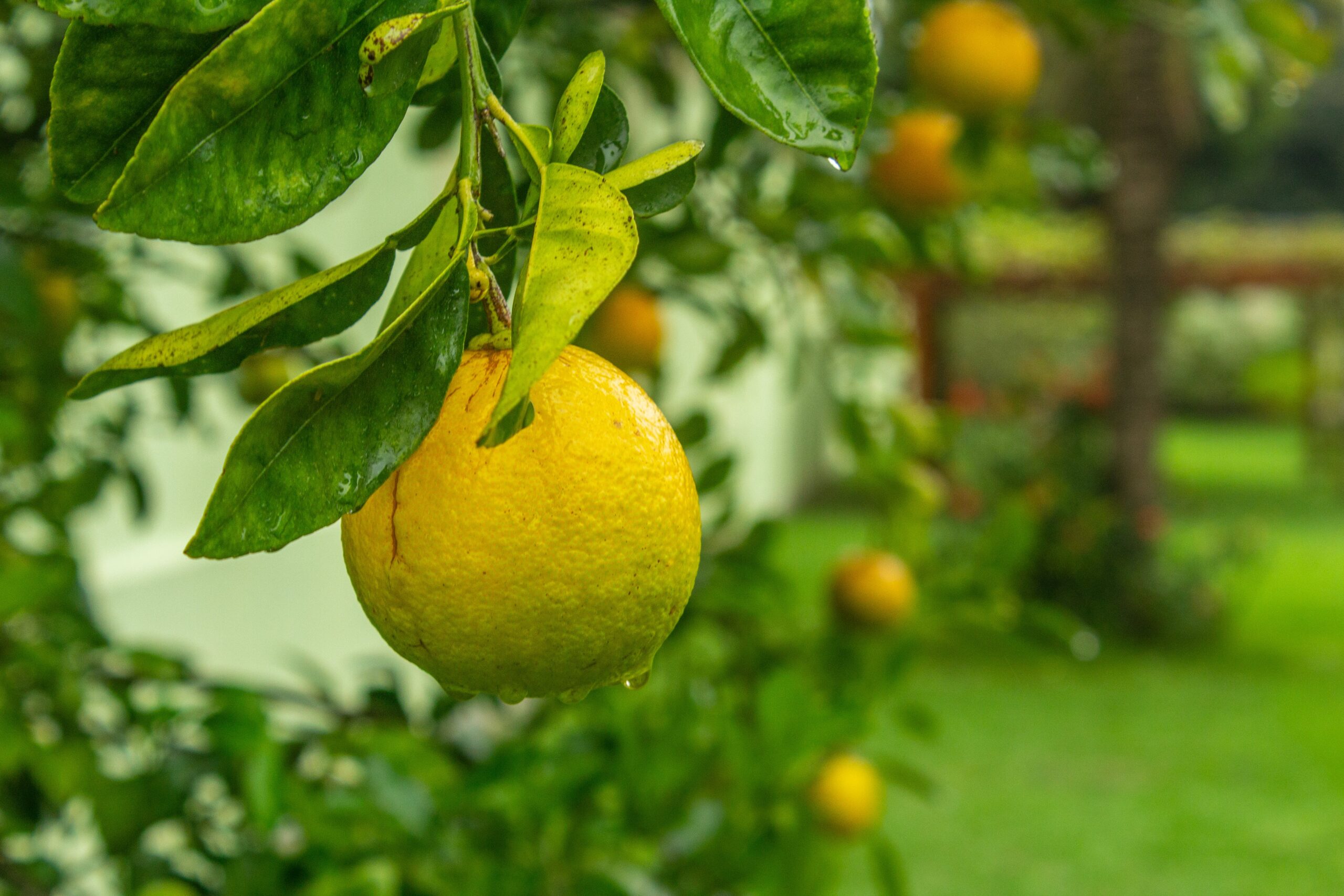Cultivating sunshine: Growing citrus indoors

JACKSONVILLE, Ill. — As we hunker down for winter, some may begin longing for summer’s warm, sunny days. Perhaps it’s the cold weather or the desire to return to gardening.
Whatever the reason, there are plenty of opportunities to continue our gardens indoors. While we often associate citrus with warmer climates (and possibly Christmas stockings), it is possible to grow citrus in Illinois at home as a houseplant.
What types of citrus do best as a houseplant?
Not all citrus is created equally when it comes to growing indoors. Citrus requires hot temperatures to produce sugars, making it more difficult to grow citrus, which have sweeter fruits, like oranges, indoors. Citrus with sour fruit, like limes and lemons, require less heat to ripen and are a better option.
Look for dwarf cultivars or those grafted onto dwarfing rootstock. These trees will often only grow 3 to 5 feet tall and are usually intended to be grown in pots. While you can plant citrus seeds, they will take many years to produce fruit, and they will likely get too large to be grown indoors.
Growing citrus as a houseplant
Citrus plants require sunny conditions and should be given at least six hours of direct sunlight daily. Ideally, plants should receive 8-12 hours of light, especially if you want fruit, so supplemental lighting will be helpful or even necessary.
Citrus should be grown in an acidic, well-drained potting medium like a cactus/citrus potting mix. Citrus are considered heavy feeders, especially for nitrogen. Specialized citrus fertilizers are available, but fertilizers with at least a 2-1-1 ratio can also be used. Plants should be fertilized while actively growing.
Citrus plants like moist but not wet soil; allow the top of the soil to dry out in between waterings. Citrus also likes more humid conditions than we typically have indoors during winter. Running a humidifier or grouping plants can help increase humidity.
In the spring, once low temperatures are consistently above 50°F, citrus trees can be moved outdoors. Like other houseplants, slowly expose them to longer periods of sunlight to avoid sunburn. Plants should be moved back indoors in the fall before temperatures drop into the 40°Fs.
Getting citrus to fruit
Most citrus trees will produce fragrant white flowers in late winter or spring. Because trees are likely to be indoors while they are blooming, pollinating plants by hand can increase the chances of fruit production.
It may take young plants a few years to flower and produce fruit. Additionally, citrus can take a long time to ripen. Lemons and limes can take six to nine months to ripen, while oranges can take nearly a year. Providing sufficient light and warm temperatures is essential to fruit production.
Why oranges at Christmas time?
Putting oranges in stockings may have come from the legend of St. Nicholas. He is said to have heard of three sisters who could not get married because they didn’t have a dowry. To help them, he dropped golden balls (or bags of coins) down the chimney, and they landed in stockings that were drying by the fire. Nowadays, we put oranges in stockings to represent that gold.
Another potential reason is that oranges used to be very expensive and were considered a rare delicacy. Because of their cost, they were considered luxury items to the average person and were often given as gifts on special occasions, such as Christmas.
Miss Clipping Out Stories to Save for Later?
Click the Purchase Story button below to order a print of this story. We will print it for you on matte photo paper to keep forever.

